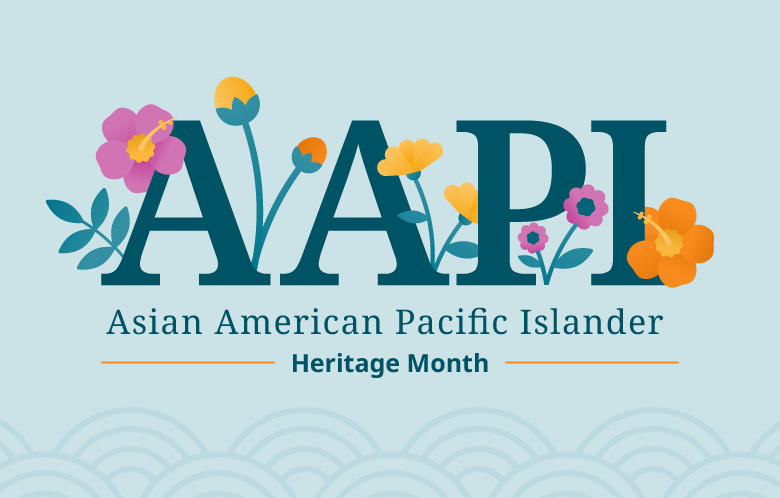The question "What's your story?" can be a powerful tool in unlocking a wealth of information, especially for those seeking to better understand someone's history or culture. Although Asian Americans are one of the fastest-growing demographics in the United States, their diverse histories and stories have often been overlooked in traditional classroom settings. This May, as we celebrate Asian American, Native Hawaiian and Pacific Islander (AANHPI) Heritage Month, it's the perfect opportunity to shine a light on the experiences, struggles and triumphs of AANHPI individuals. By doing so, we can help students gain a better understanding of this rich and diverse community and give voice to those who are often overlooked in the curriculum.
To that end, we invite you to explore selected resources from The Asian American Experience database, one of four databases in The American Mosaic series from Bloomsbury / ABC-CLIO. Through interviews, personal writings and poetry, these resources offer a glimpse into a diverse array of histories and reveal just a few of the fascinating experiences of Asian Americans.
- Women in World War II: Maggie Gee was one of two Chinese American women who served in the Women Airforce Service Pilots (WASP) during World War II. In her narrative, she discusses growing up and her life as a female pilot. This firsthand account offers insight into the experiences of Asian American women in the military during a time when they faced discrimination and adversity.
- Thoughts from Japanese Incarceration: Another resource is a first-hand account of Japanese incarceration, which reveals the arguments, thoughts and opinions on the building of a fence around the Heart Mountain Relocation Center in 1943. This narrative sheds light on some of the challenges facing incarcerees during the war.
- Escaping the Khmer Rouge: In her 2005 memoir, The Price We Paid: A Life Experience in the Khmer Rouge Regime, Cambodia, Vatey Seng describes her experience living under Cambodia's oppressive Khmer Rouge regime and her family's eventual resettlement in the United States. This poignant account of survival and resilience highlights the struggles faced by refugees and immigrants from Southeast Asia.
- Poetry from Angel Island: The poetry from Angel Island offers a unique insight into the experiences of immigrants who passed through the immigration station, mostly from Asian countries. The poems, scratched into the walls of the barracks, offer a glimpse into the hopes, fears and dreams of these immigrants. One such poem, "A Night at the Immigration Station," was written by Kyung Sik Choi, an immigrant from Korea who was detained at Angel Island in 1925.
- Protest Against Hawaiian Annexation: Queen Liliuokalani ruled Hawaii during its transition to a U.S. protectorate, advocating for independence until her overthrow. In 1897, she protested the annexation to Washington, which proved to be futile.
- Experiences of Vietnamese Refugees: This activity asks students to analyze the experiences of two Vietnamese immigrants, Ming Quan Chang and Phillip Van, to better understand the power of oral histories. This activity offers a glimpse into the experiences of Vietnamese refugees, who faced significant challenges in resettling in the United States.
By exploring these resources, students will begin to gain a deeper understanding of the diverse experiences of Asian Americans and honor their contributions throughout U.S. history.



